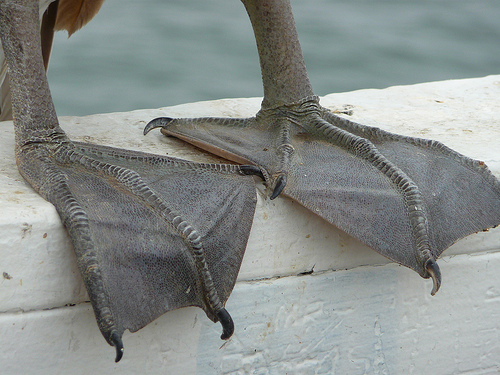The last two years on this or my other blog I’ve done Earth Day
Resolutions. This year on Earth Day I marched
through the streets with a few thousand other scientists, punny and error-free
signs raised high, mostly quiet but some of us shouting “What do we want?” “Science!”
“When do we want it?” “After peer-review!” and “Climate Change!” “IS REAL!”. It
felt good to be united like that, it felt positive to be there. But at the same
time…where the hell are we living right now that I had to march down the street
declaring Climate Change Is Real? In NEW ORLEANS of all places, a city which could
be half underwater within the next hundred years (no, that is not
exaggeration). Especially because I live in a region that DOESN’T EVEN RECYCLE!
Like, literally, there is no recycling plant in New Orleans. I don’t know how
it works in Baton Rouge but out here I don’t think you can recycle anything but
paper/cardboard and even that is hard to find. It makes my skin crawl. How did
we as a country, as people get so far off track?
The next day I went out into the field for my research. I
saw some really beautiful things out there that gave me hope.
 |
| Like this Roseate Spoonbill nest! |
 |
| And this beautiful Forster's Tern egg. |
 |
| And this sora! A secretive marsh bird I've heard thousands of times (literally just heard one from my room) but never seen before! |
 |
| And these absolutely adorable Tricolored Heron fluffbabies! |
 |
| And of course this excellent pelican parenting behavior! |
But I also saw this:
 |
| Pelican nest made with a plastic tarp and a Slim Jim wrapper. |
And this:
People are the absolute fucking worst, man. And I don’t mean
“people who litter” or “people who hate science”…I mean PEOPLE. You and me
included. It is functionally just about impossible in this world, especially in
this country, to live in a way that doesn’t contribute to the plastic and
acidity in our oceans, the gases warming our atmosphere, deforestation, the
decline of other species. There may be a few people who manage it but I can’t
imagine how. Obviously, there are people who try to limit their impact and
people who don’t, or even worse who deny
they even have one which is absolute fucking lunacy, but it just doesn’t
feel like enough. It never feels like enough. I don’t know if it’s possible
that it could be enough at this
point.
But that doesn’t mean we stop trying. If we fail, we’re killing
ourselves, not the entire planet. It will keep spinning without us and other
species will continue to grow and evolve. Maybe a new species will develop
technology like we did and be better at it (my money is on Bonobos, personally.
Solving problems with sex, not violence, seems like a real good way to start
towards decreasing harmful individualism). I find that oddly comforting.
This is a massively depressing Earth Day post. But then,
this is a massively depressing day in a massively depressing year in a
massively depressing political climate that I hope desperately will not last.
Anyway. Our work continues:
Earth Day Resolutions:
1. Continue taking reusable bags grocery shopping –
I’ve gotten pretty good at it, but also remember to bring them when shopping
other places as well (works just as well for clothes, random junk from Target
or Home Depot, or whatever).
2. Rent a house where I can garden and grow as much
produce as possible. I can even garden in the winter down here! If possible,
also get backyard chickens.
3. Get over feeling embarrassed and weird about
asking for coffee in a reusable cup at Starbucks, etc. Do it anyway.
4. Continue going to grad school and learning more
about our environment and how to protect it.
5. Take time to really appreciate and be grateful for the beautiful things I get to see every day. Field journal regularly!
5. Take time to really appreciate and be grateful for the beautiful things I get to see every day. Field journal regularly!
6. Blog more often/practice communication for a
non-scientific public.





















